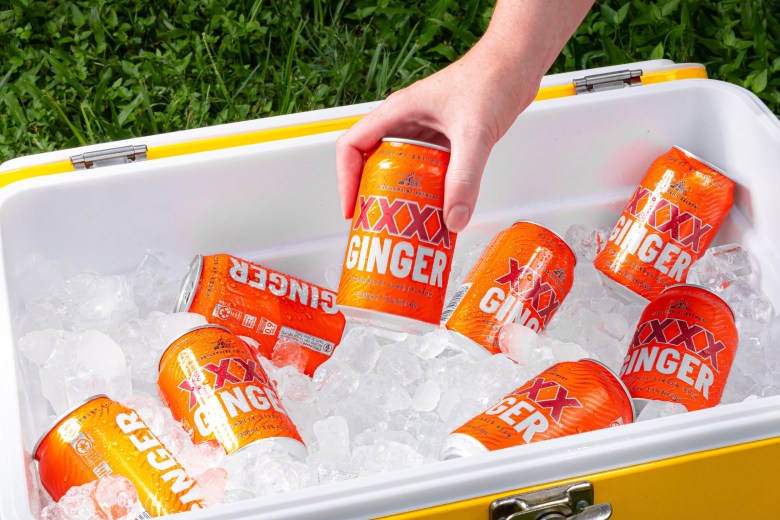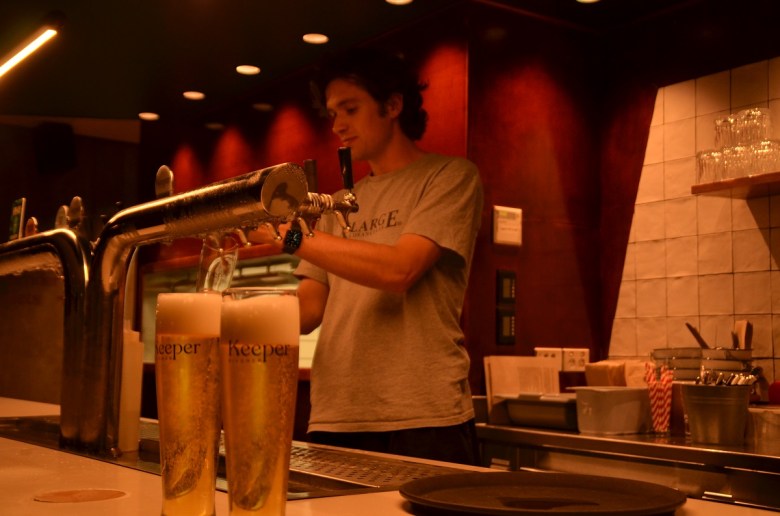 Inspired by travels during his twenties, Brett Philips shares how he found his love for beer in Europe and how that inspires his work today.
Inspired by travels during his twenties, Brett Philips shares how he found his love for beer in Europe and how that inspires his work today.  Inspired by travels during his twenties, Brett Philips shares how he found his love for beer in Europe and how that inspires his work today.
Inspired by travels during his twenties, Brett Philips shares how he found his love for beer in Europe and how that inspires his work today.  Stavros ‘Stav’ Yiannoukas is National Sales Director at Hawke’s Brewing but his journey to the business was far from traditional.
Stavros ‘Stav’ Yiannoukas is National Sales Director at Hawke’s Brewing but his journey to the business was far from traditional.  With an approachable taste and lower ABV, XXXX Ginger Beer was designed for customers seeking a "near beer" alternative.
With an approachable taste and lower ABV, XXXX Ginger Beer was designed for customers seeking a "near beer" alternative.  Evin Craney sat down with Beer & Brewer to reflect on his decade-long career in independent beer and highlight the initiatives he's driving forward as IBA Chair.
Evin Craney sat down with Beer & Brewer to reflect on his decade-long career in independent beer and highlight the initiatives he's driving forward as IBA Chair.  With just five years under its belt, Mountain Culture secured a historic three-peat in the GABS Hottest 100 poll.
With just five years under its belt, Mountain Culture secured a historic three-peat in the GABS Hottest 100 poll.  Brunswick brewery Keeper Brewing is continuing its focus on crafting one style of beer, the Pilsner, as the category grows in demand.
Brunswick brewery Keeper Brewing is continuing its focus on crafting one style of beer, the Pilsner, as the category grows in demand.  John Keske, President of Melbourne Brewers, has been kind enough to share this mouthwatering recipe of his award winning Kölsch.
John Keske, President of Melbourne Brewers, has been kind enough to share this mouthwatering recipe of his award winning Kölsch.